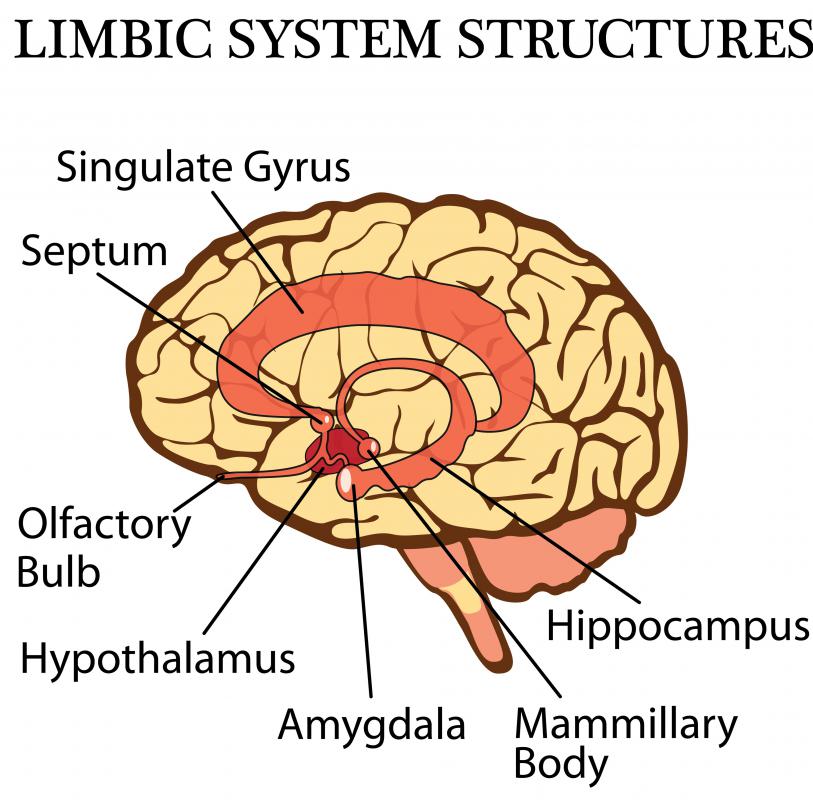At WiseGEEK, we're committed to delivering accurate, trustworthy information. Our expert-authored content is rigorously fact-checked and sourced from credible authorities. Discover how we uphold the highest standards in providing you with reliable knowledge.
What Is Pain Physiology?
The sensation of pain evolved in order to ensure that organisms avoid harmful or lethal stimuli. There is a strong emotional component to pain, but also a real physiological basis for the feeling. Pain physiology studies have revealed that pain is sensed and transmitted to the brain much like other physical sensations such as temperature or touch.
Many animals, including human beings, have receptors specific to pain called nocioceptors. These exist throughout the body, with the exception of the brain, and are free nerve endings. In the presence of painful stimuli, they cause the nocioceptor cell to fire. There can be many potential causes of pain, since mechanical, chemical, electrical, and biological stimuli can lead to firing.

After the initial firing of the nocioceptor, the signal is transmitted to other cells that relay the information to the spinal cord and brain. According to modern pain physiology research, pain is perceived when these signals reach the central nervous system. The thalamus is the first area where pain is sensed.
The signal then carries to the limbic system, which accounts for the emotional aspect of pain, and simultaneously to the cerebral cortex. Here, the interpretation and perception of pain takes place. Some parts of the cortex, including the primary sensory cortex, allows the source of the pain to be located.

There are two different kinds of nerve fibers in pain physiology, that account for two types of pain. The first type, called A fibers, relay rapid information about sudden pain, such as a cut or burn. Rapid transmission allows reflex reactions, such as moving away from the cause of the pain, before the brain even perceives the pain itself.
Another type of nerve fiber important in pain physiology is the smaller C fiber. These fibers transmit messages after the initial sensation of pain, and convey the dull aches, or mild burns, that follow after a sharper initial pain. Messages from the C fibers are carried more slowly due to their size, and because their axons are not wrapped in myelin. They are thought to be responsible for some sensations of chronic pain.

Various targets for pain medications have been made apparent by the understanding of pain physiology. Many treatments for pain focus on inhibiting pain signals pertaining to the emotional component of pain, including narcotic pain relievers. Over the counter pain relievers often reduce inflammation and the transmission of initial pain signals from nocioceptors. Still other pain medications include anti-epileptic drugs that seek to prevent the continual perception of pain from cells misfiring in the nervous system.
AS FEATURED ON:
AS FEATURED ON:














Discuss this Article
Post your comments